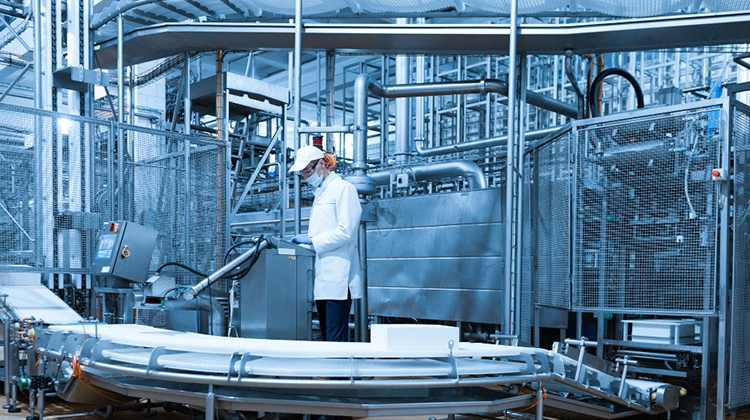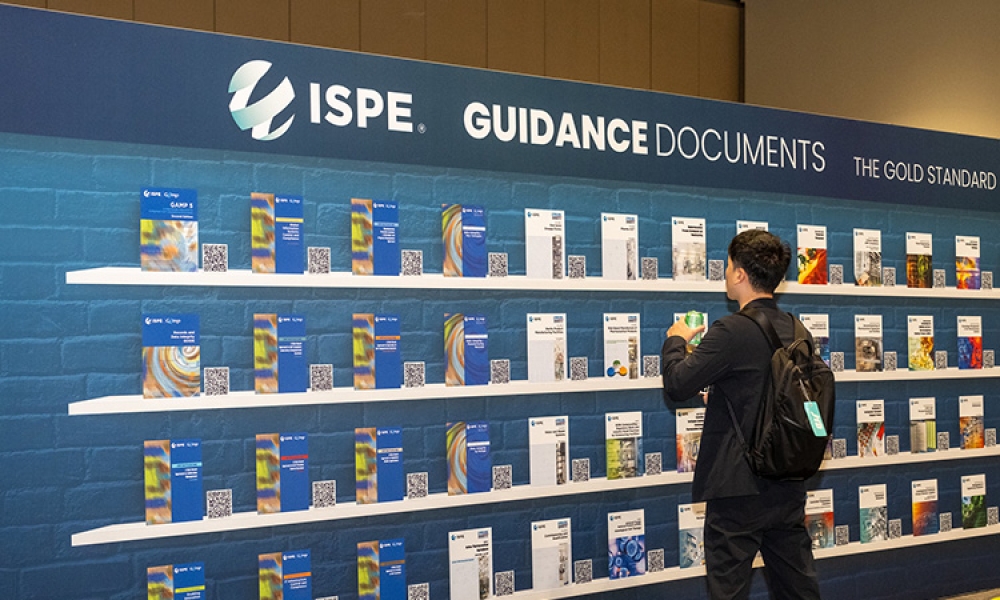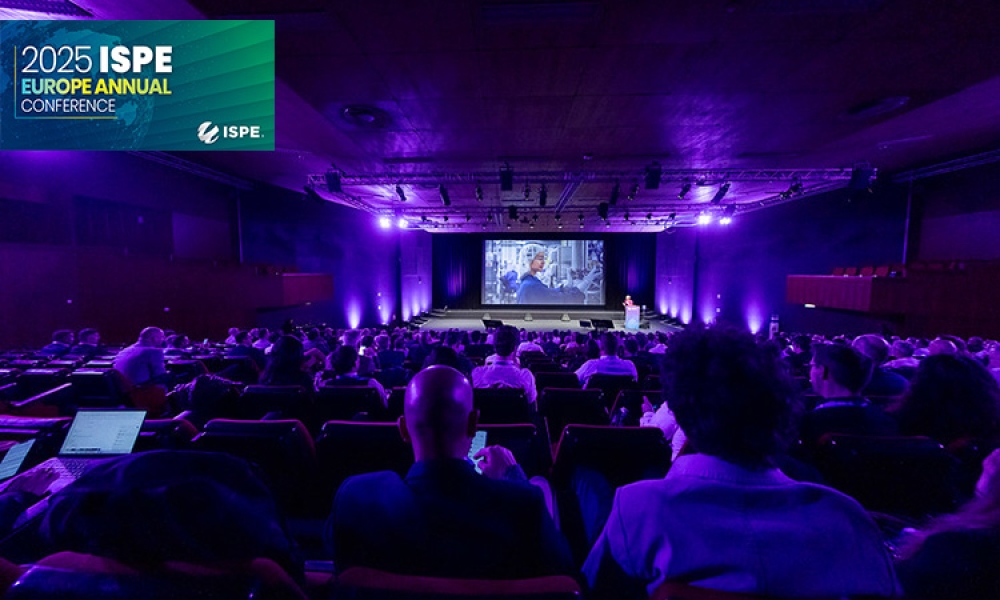Facilities and Equipment-Focused Case Study Sessions
The first two sessions will focus on facilities and equipment and are designed to help manufacturers on their way to compliance with the recent Annex 1 regulations.
Annex 1 Implementation and Continuous Improvement: First, Eli Lilly and Company will recap the journey to implement Annex 1 across a global network of parenteral and low bioburden manufacturing sites. Peter Berzins will discuss Lilly’s cross-functional and geographical team creation and how they followed the evolution of the draft language and feedback on the review process to roll out the unified Lilly strategy. This session will explore several key topics including contamination control strategies (CCS), pre-use post sterilization integrity testing (PUPSIT), and isolator setup.
Case Study: A New Benchmark for Aseptic Manufacturing: Next, Chad Hafer from Kindeva Drug Delivery and Matt Hottelman from CRB will describe the design and build of a brand-new facility dedicated to sterile injectable manufacturing that was under construction while Annex 1 was finally published. They will discuss the planning that went into this multi-line facility, including how virtual reality was used for early stakeholder engagement, the key technologies driven by the expected regulatory changes including the isolator design, PUPSIT, single-use mixers, and how they all came together in their CCS. They will also highlight the significant changes that occurred mid-project and how they kept to an aggressive schedule.
Environmental Monitoring and Equipment Considerations
Other sessions will zero in on how equipment is considered, designed, and implemented, from isolator/barrier systems to new trends associated with environmental monitoring to the filling machines themselves.
Isolator Filling Line: Environmental monitoring has continually represented one of the main challenges associated with aseptic filling and will be another key topic of conversation. Setting and retrieving media-filled auger plates to confirm that the critical filling zones remain free of microbial contamination is a routine Grade A intervention. Does it need to be this way? How much better would it be for contamination control if this data were available in real time without operator intervention? Anders Magnusson and Henrik Hermann from FUJIFILM Diosynth Biotechnologies and Matthias Poslovski from OPTIMA will describe a project that implemented this very concept—real-time environmental monitoring data integrated into the filling machine. Their case study will delve into the technical solution, challenges, and validation approach to this unique technical solution and opportunity.
Case Study Moving from a RABS to an Isolator: While isolators are generally seen to offer greater protection from contamination, many firms still operate restricted access barrier systems. Jason Vaugh from Millipore Sigma, Merritt Postma from SKAN, and Marsha Steed of Steed Microbio will walk through their implementation process for shifting to an isolator. The speakers will address the basics of RABS and isolators while also covering filling technology that is not container-limited. In other words, they will share how a single machine can provide flexibility for the sterile filling of vials, syringes, and cartridges.
Exploring the Equipment of the Future
Two case studies will focus on following different manufacturing sites and how they came to their vision of their equipment of the future.
Case Study – Syringe and Cartridge Fill-Finish Production: Henning Austermann of the contract development and manufacturing organization (CDMO) Siegfried Hameln and Klaus Ullherr of Syntegon will review how Siegfried Hameln addressed the challenges of Annex 1 and the trends in the injectable market while ensuring that the new filling isolator system allowed for the utmost flexibility. Learn how the companies teamed up to deliver a fully automatic robotic system.
Advanced Aseptic Fill Technology – Case Study and Future: The day of case studies will conclude with Justin Svec and Peter Berzins of Eli Lilly and Company, who will discuss the long road of aseptic filling technological advances that have occurred over the years and provide a vision of where the industry could go. They will detail the implementation of automated PUPSIT across multiple plants. The solutions were implemented on both RABS and isolator fill lines. In a look to the future state, the Lilly speakers will present the decision-making process that led to implementing a gloveless isolator filler for a high-value product.
Don’t miss these real-world experience-focused sessions on gloveless isolators, Annex 1 challenges, facility conversions, the dynamics of implementing operational and technological changes, and much more at the 2025 ISPE Aseptic Conference.
Learn More & Register





